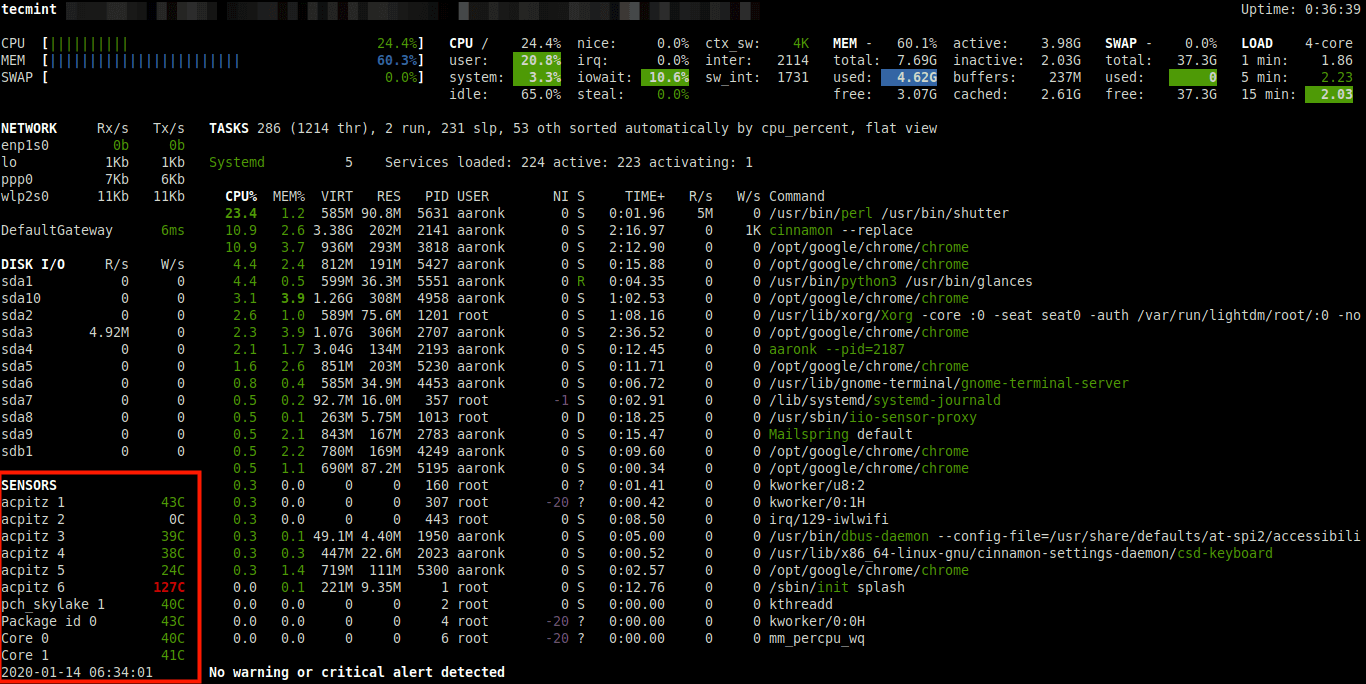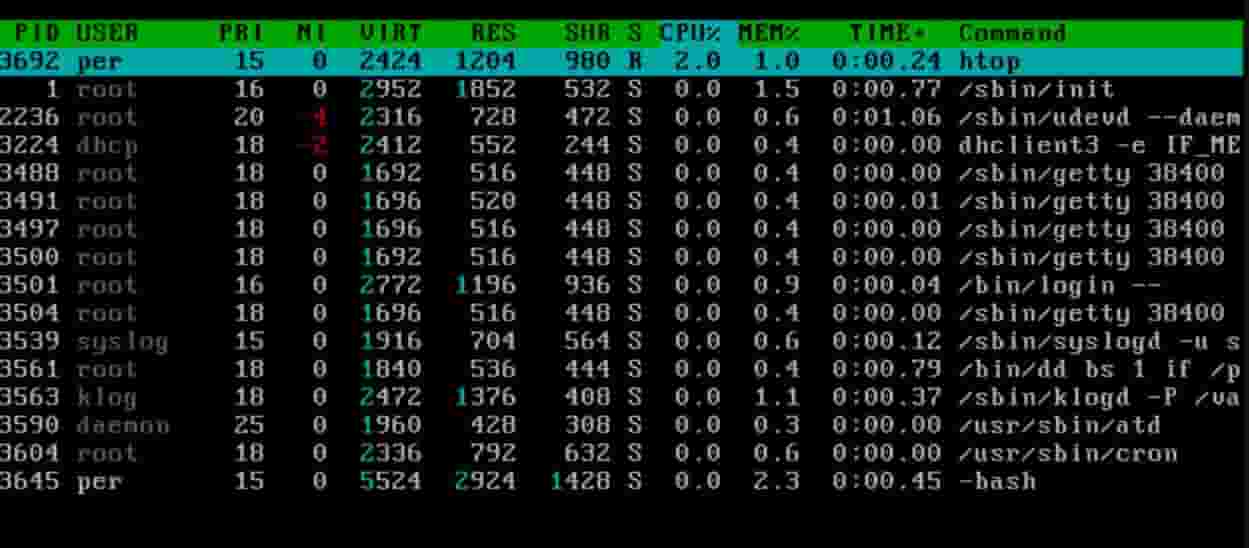
In the Processes tab, you can see which processes are currently running and their respective CPU usage. Once you open the Task Manager, you will be able to view the current CPU usage in real-time, as well as the usage history over a period of time. You can access it by right-clicking on the taskbar and selecting "Task Manager" or by pressing the "Ctrl + Shift + Esc" keys on your keyboard. Task Manager: Task Manager is the most straightforward way to check CPU usage on Windows. In this article, we will provide you with a comprehensive guide on the ways to check CPU usage in Windows, Linux, and Mac.ġ.

The best way to install the htop is using snap because it works well on any of the Linux distros.That being said, monitoring the CPU usage on your device is crucial in ensuring the optimal performance of your system. In most of the distros, the top is installed by default, and we have to install the htop manually. In this, we can also scroll horizontal as well as vertical. As compared to the top, the htop UI has better quality. The htop's default display is more user-friendly. On the other hand, the htop command offers a better quality-of-life experience. In terms of system monitoring both commands offer the same functionality. st: st is the time lost for running a virtual machine, which is also called "steal time.".si: si is the time spent servicing software interrupts.hi: hi is the time spent servicing hardware interrupts.


In the above output, the main line to focus on is the line number third.


 0 kommentar(er)
0 kommentar(er)
